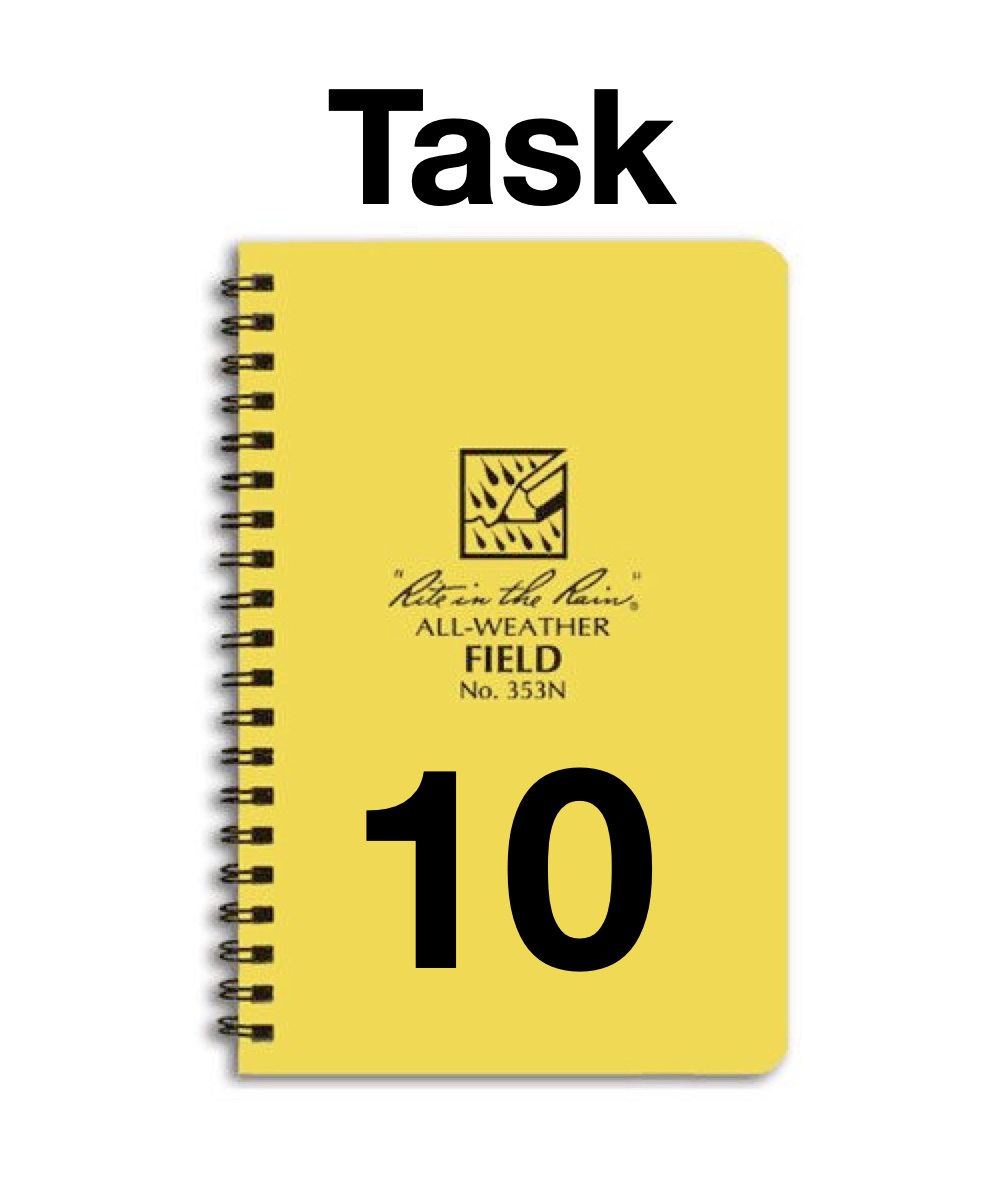

It's now time to put otgether your observations and construct a hypothesis for what you think happened at Pompeii and Herculaneum during the 79 AD eruption of Vesuvius.
This hypothesis will make use of what you have seen and learned about explosive eruptions, as well as the observations that you have made of the volcanic deposits in the two cities.
Follow these steps to construct a working hypothesis:
1. Review your field observations and determine the type of volcanic process that formed the various layers in each city.
2. Compare your interpretations of the processes at Pompeii and Herculaneum and see how they might differ. How could an eruption produce different effects at different locations around the volcano?
3. Construct a complete sequence of events for the burial of the cities during the 79 AD eruption using the information from the volcanic deposits, the position of the cities relative to the volcano, and the timing of the beginning of volcanic deposition in each area. (See the information on timing below).
The eruption of Vesuvius began in the early afternoon of August 24, 79 AD. Formation of volcanic deposits in Pompeii began shortly thereafter, probably around 1 pm. In contrast, at Herculaneum the first deposits from the eruption were not laid down until about 1 am on the morning of August 25.

In your field notebook, synthesize your observations/interpretations and write down your hypothesis of what you think happened at the different cities and answer the questions provided. Your hypothesis should draw from and cite the specific evidence and observations that you collected during your virtual field trip. Be as detailed as you can.
This concludes the virtual field trip to Vesuvius. Thanks for participating! If you have questions or feedback, please use the contact information provided below.